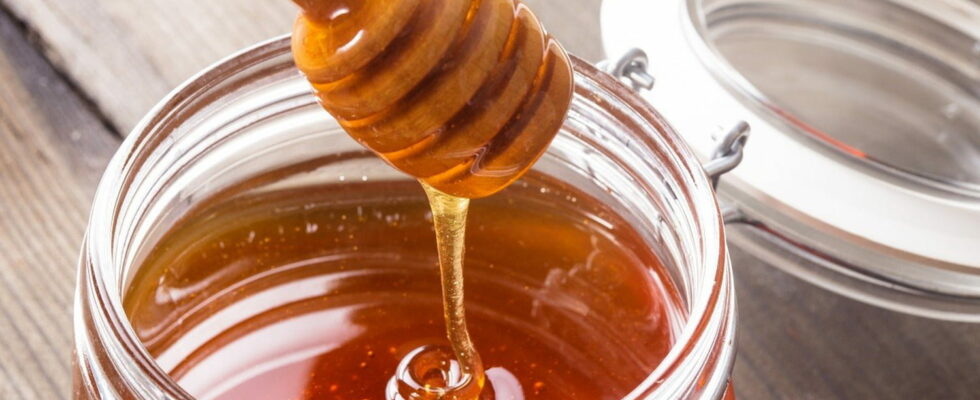Honey sold in supermarkets is not always authentic. To maximize profits, it is sometimes mixed with other products. But there is a very simple trick to differentiate real honey from fake!
Honey is a delicious food, prized for its taste and health benefits. However, not all jars on the shelves of supermarkets are equal. With industrialization and globalization, the honey market has seen the proliferation of many counterfeits. These are sometimes syrups made from granulated sugar, glucose, gelatin or even heated or cut honey, or simply diluted with a syrup. Suffice to say that this type of product is honey in name only.
Unfortunately, increasingly sophisticated falsification techniques make it difficult for consumers to tell the difference between real artisanal honey and a pale industrial imitation. Of course, the best way to ensure the quality of your honey is to know its producer. But for those who are not so lucky, there are several ways to verify the authenticity of the product.
One of the most effective ways to detect fake honey is to do the water test. To do this, simply take a spoonful of honey and place it in a glass of cold water, without mixing. Real honey, dense and thick, will fall directly to the bottom, without even diluting. On the other hand, counterfeit honey will dilute almost instantly. It is a quick method, requiring no specific equipment and very revealing!
There are other ways to detect possible hoaxes, such as the stain, paper towel or match test. For example, if honey placed on a white cloth leaves a persistent stain, it is fake honey since real honey does not stain. Similarly, if honey placed on a sheet of paper towel remains on the surface, it is real; if it is quickly absorbed, it is fake, richer in water. Finally, if a match dipped in honey quickly catches fire, there is no doubt, it is real honey.
Other signs can also raise suspicion: abnormally slow or non-existent crystallization, a texture that is too liquid, or an excessively low price are all possible indicators that the product is not pure. It is better to check the label and favor terms such as “flower honey” or “mountain honey”, while being wary of unclear or too distant origins – nothing beats French products! But the water test remains one of the simplest and most effective tips to be sure of consuming authentic honey.
